Hardware Introduction
micro:bit
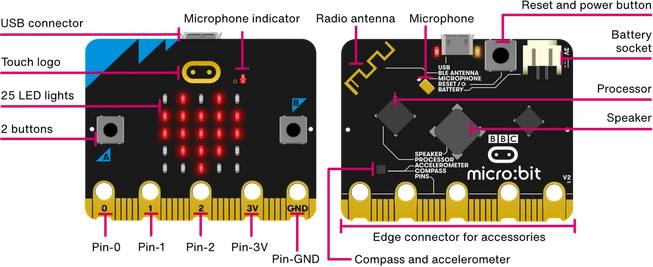
Micro:bit is a pocket-sized computer designed for educational programming purposes for young people, measuring only 4cm x 5cm, but with a range of sensors and LEDs that can be used to control and monitor the physical world.
The micro:bit can be connected to a computer via USB cable or Bluetooth and programmed using programming software. It supports a variety of programming languages, including Microsoft MakeCode, Python, and JavaScript. Students can use these programming languages to write code to control the sensors and LEDs on the micro:bit to create a variety of fun projects.
The micro:bit is designed to be easy to use and suitable for beginners. It can be used for a variety of educational activities such as programming courses, science experiments and maker activities. By using micro:bit, students can develop creativity, problem-solving skills and teamwork.
For more information about the micro:bit, please visit: micro:bit official website.
IoT:bit

The IOT:bit Expansion Board is an expansion board with bountiful functions designed for micro:bit. Here is a more detailed description:
WiFi Module:
The IoT:bit has a WiFi module on board, enabling you to easily connect to a wireless network. With the WiFi module you can realise fast communication with cloud platforms such as Thingspeak and HiveMQ, transferring data to and from the cloud. This opens up vast possibilities for connectivity and remote control of your smart projects.
RTC Module:
The IoT:bit integrates an RTC module (Real Time Clock), which provides accurate timing. The independently powered RTC module continues to keep time even if the motherboard is powered down. This provides a constant and accurate time record for your applications such as time stamps, timed tasks and event triggers.
Buzzer: IoT:bit contains a buzzer through which you can play melodies, sound effects or alarm sounds. The buzzer is capable of producing sounds at different frequencies, adding audible feedback and interactivity to your projects.
IO Expansion Ports:
The IoT:bit extends all the IO ports available on the micro:bit and leads them in the form of GVS, making it easy for you to connect with various 3V building block modules. You can expand various modules, such as LED lights, light sensors, servos, etc., to build richer and more diversified intelligent systems.
The IoT:bit expansion board has bountiful functions and can meet your needs in smart system development. It provides WiFi connection, RTC, buzzer and IO port expansion, etc., which brings more possibilities to your project. Not only can it achieve fast data transmission and remote control, but it can also add sound effects and access to various sensors to make your smart system more intelligent and interactive.
For more information about IoT:bit, please visit: IoT:bit IoT Expansion Board.
Wind Speed Sensor
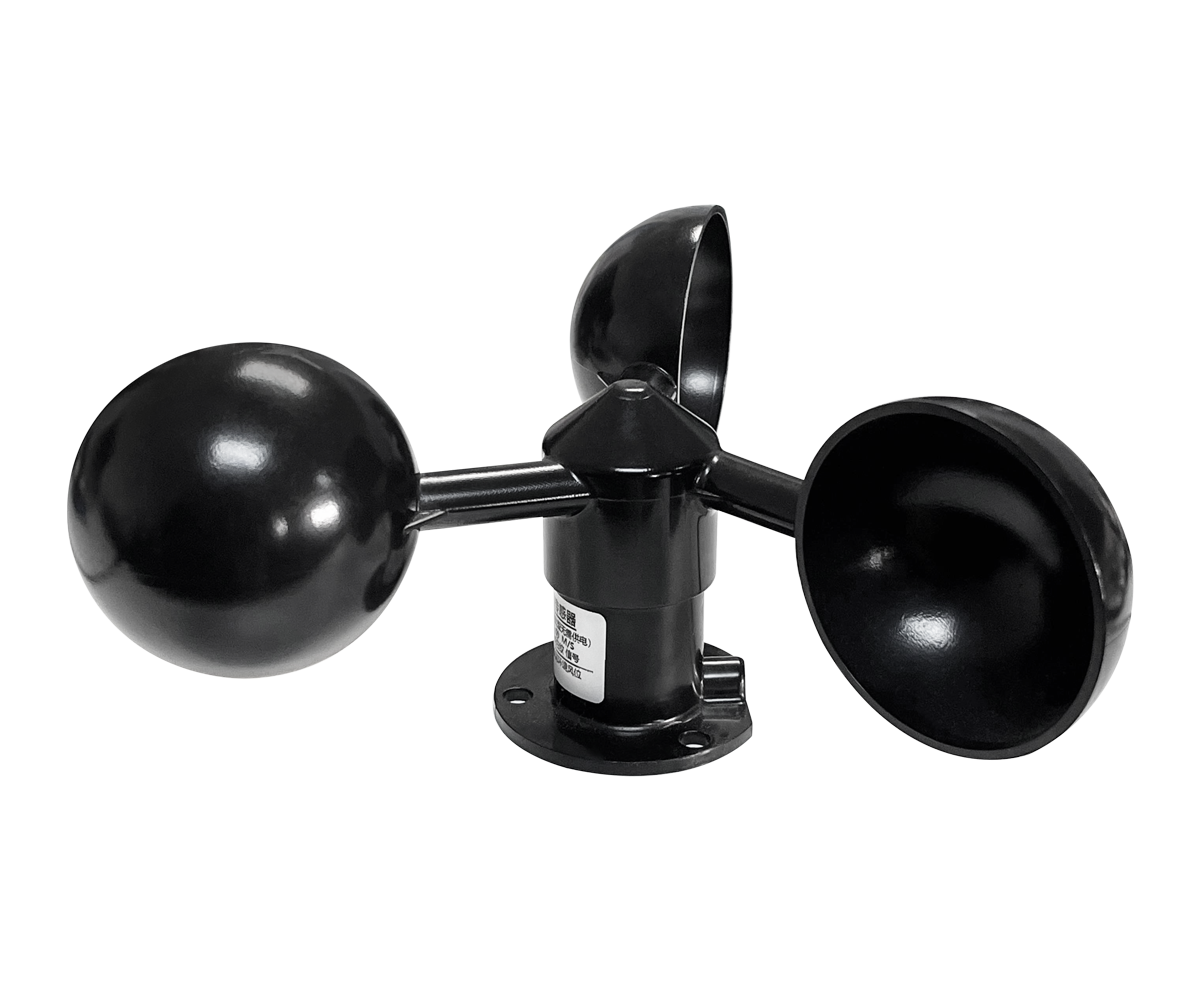
This is a waterproof design wind speed sensor that uses the standard connector of Octopus related products for easy connection with other devices. It is able to provide corresponding voltage output according to the change of wind speed. As the wind speed increases, the output voltage also increases, providing users with accurate wind speed measurement. This wind speed sensor can be applied in meteorological observation and environmental monitoring, and can be used to measure wind speed. Its waterproof design ensures reliability and durability in harsh environments.
For more information about the wind speed sensor, welcome to visit: Octopus Series Wind Speed Sensor Introduction Wiki Link.
Dust Sensor
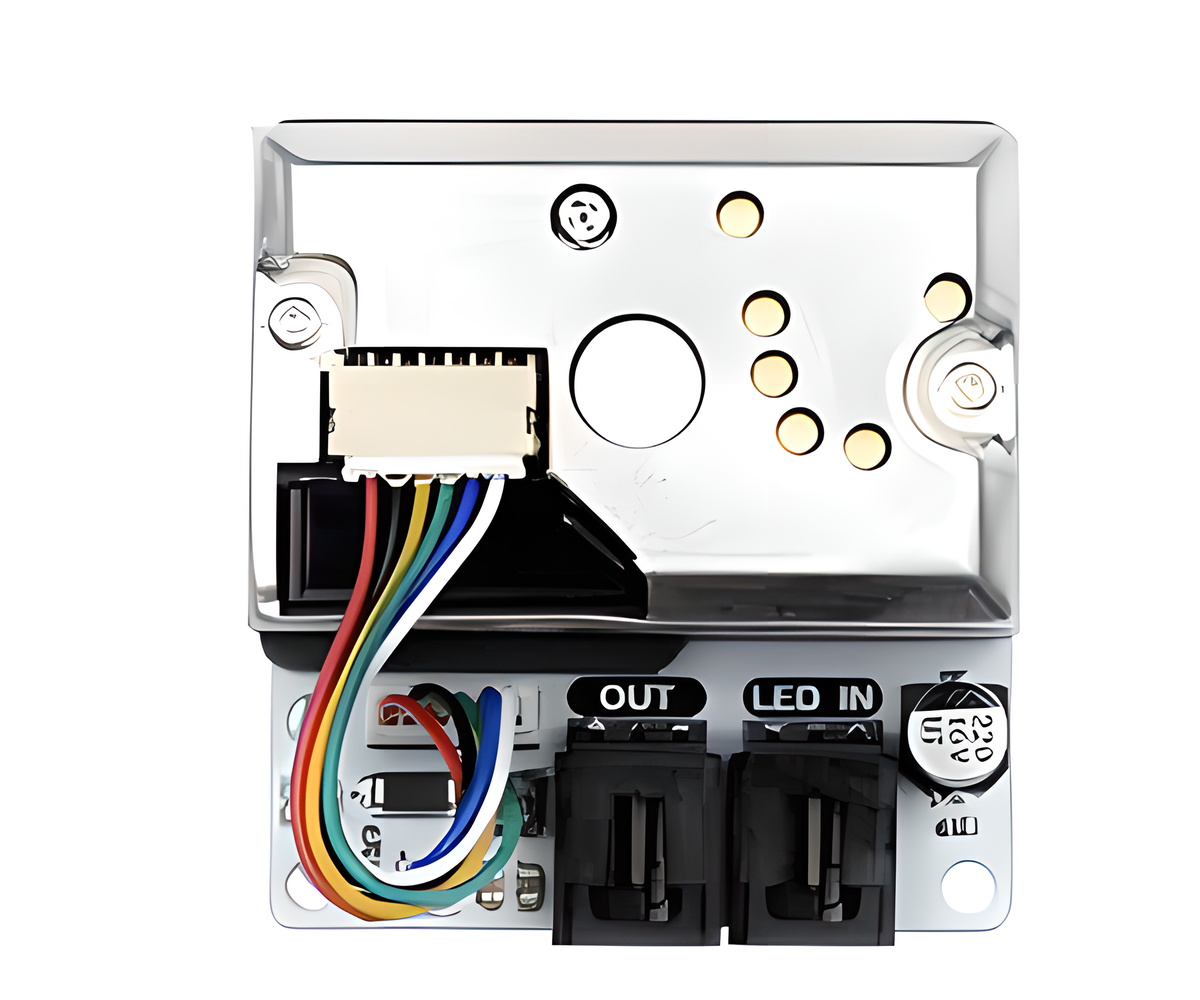
A dust sensor is an air quality sensor used to detect the concentration of fine dust particles in the air.
It uses the principle of infrared light scattering to measure the concentration of particulate matter. The sensor contains an infrared light source and a photosensitive element inside. When airborne particles pass through the sensor, they scatter infrared light and the photosensitive element measures the intensity of the scattered light. Based on the intensity of the scattered light, the sensor can estimate the concentration of airborne particles.
The dust sensor is characterised by high sensitivity and fast response. It detects particles with diameters between 0.5 and 2.5 micrometres, which are usually the most dangerous fine dust particles in the air, such as bacteria, pollen and smoke. The voltage signal output from the sensor is proportional to the concentration of the particulate matter.
This type of sensor is usually used in air purifiers, air quality monitoring equipment and industrial environmental monitoring. It can help people understand the quality of the air around them and take appropriate measures to improve the air quality.
For more information about dust sensors, welcome to visit: Octopus Series Dust Sensor Introduction Wiki Link.
Temperature and Humidity Sensor
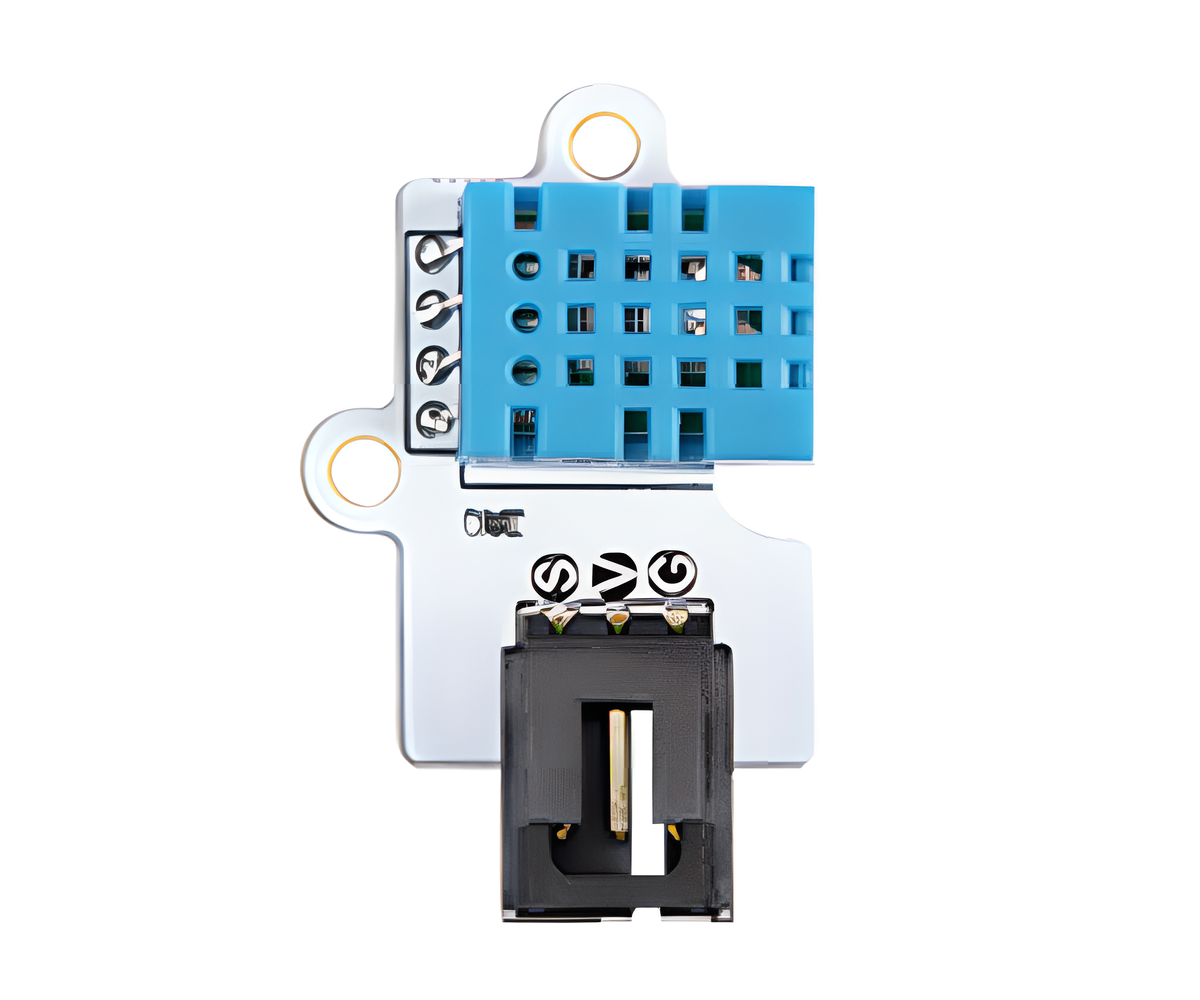
A temperature and humidity sensor is a device used to measure and monitor temperature and humidity in the environment. It provides accurate temperature and humidity data to help people understand and control environmental conditions. Such sensors have a wide range of applications in many fields, including meteorological observations, indoor environmental monitoring, agriculture, warehouse management and automated control systems.
Temperature and humidity sensors provide real-time temperature and humidity information to help users monitor and regulate environmental conditions to improve comfort, increase productivity and protect the quality of items. The wide range of applications for temperature and humidity sensors makes them an essential and important part of modern life.
For more information about temperature and humidity sensors, welcome to visit: Octopus Series Temperature and Humidity Sensor Introduction Wiki Link.
UV Sensor
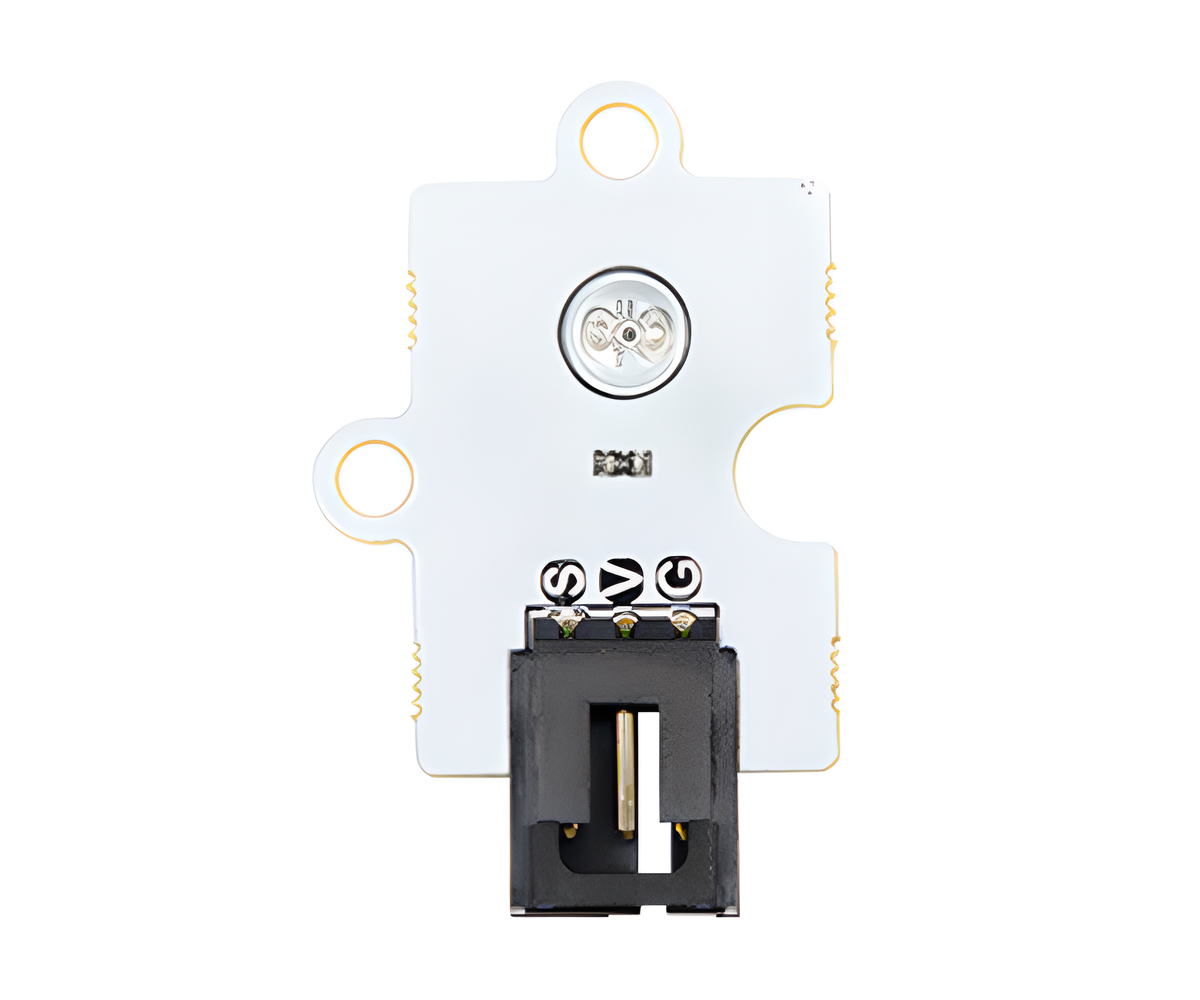
A UV sensor is a device used to detect and measure UV radiation in the environment. It senses the intensity of UV light and converts it into an electrical signal output. UV sensors are important in many applications including environmental monitoring, UV radiation safety, medical devices and consumer electronics. The sensor captures UV light through a light-sensitive element or photosensitive material and then converts the light signal into an electrical signal for processing and analysis. It provides accurate UV intensity measurements to help users understand the level of UV in their environment and take appropriate protective measures. Featuring high sensitivity, fast response and high stability, UV sensors are an important tool for protecting human health and safety.
For more information about UV sensors, welcome to visit: Octopus Series UV Sensor Introduction Wiki Link.
OLED Display
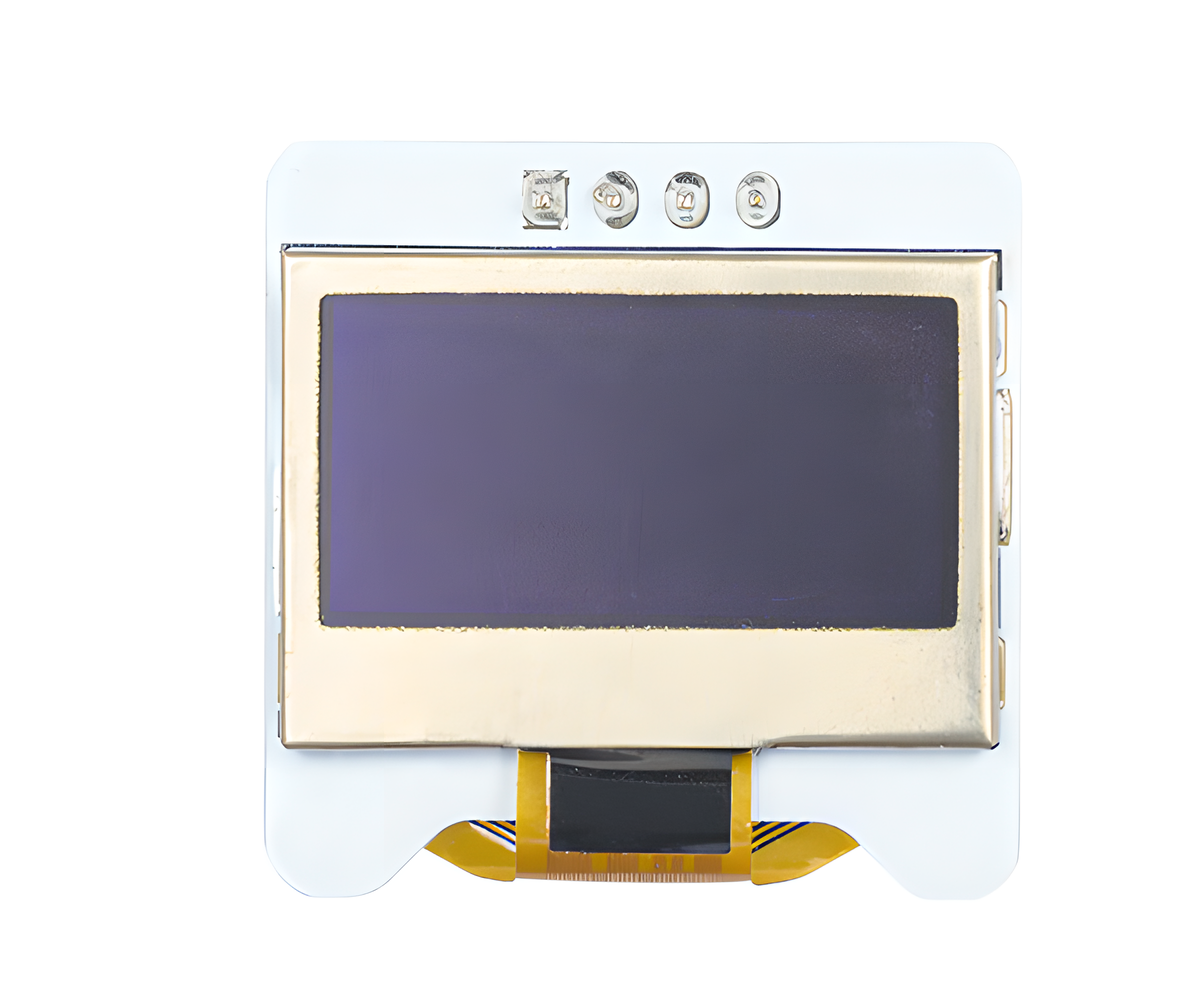
0.96" OLED display module adopts SSD1306 driver chip with 128x64 self-luminous white pixel dots. With the advantages of low power consumption and high contrast, it can be used in many display applications, such as: numerical value display of various types of sensors; mini game consoles; smart wearable devices and so on.
For more information about collision sensors, please visit: OLED Display.